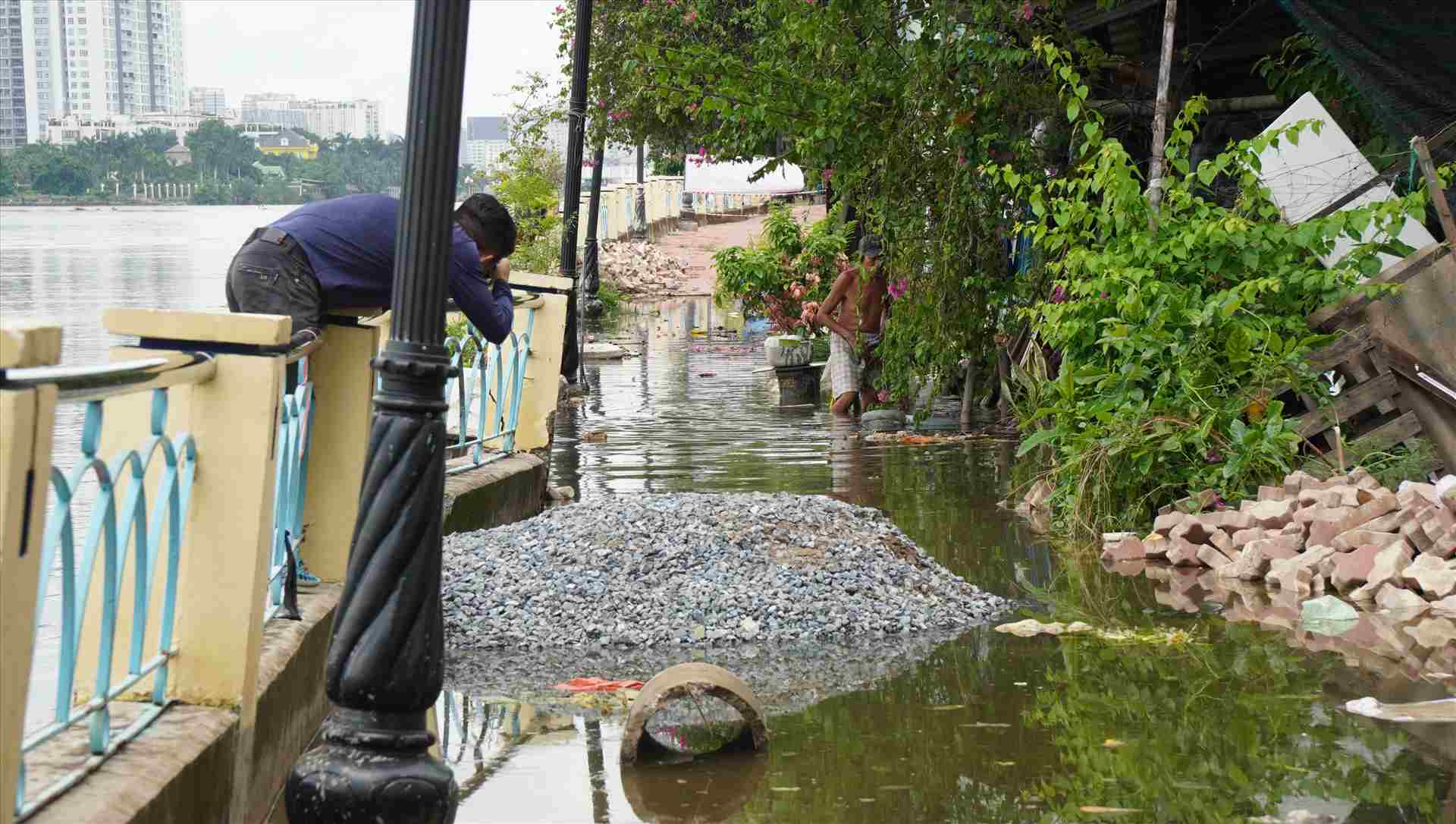On November 13, the Department of Agriculture and Environment of Ho Chi Minh City said it was completing the 2025 - 2026 grade 4 elevation milestone system to serve planning, socio-economic development, climate change response, national security and defense assurance and assess the subsidence.
In addition, the Ministry of Agriculture and Environment is also implementing the project "C enterprise of the national elevation system", building long-term stable elevation levels and determining the average elevation of sea surface.
The project to build 4 century-old elevated milestones at Ho Chi Minh City National University, the People's Committee of Nhuan Duc commune (formerly Cu Chi district), Lang Le Cultural Area (formerly Binh Chanh district) and the Children's House of Can Gio district.
The work of measuring water standards has been completed in 2023, the next measurement cycles will take place in 2024 and 2025, then the data will be handed over to the locality for exploitation and use.
According to the Department of Agriculture and Environment of Ho Chi Minh City, the implementation of monitoring systems, building high markers, solutions for underground water management and reasonable construction planning will help Ho Chi Minh City reduce the risk of subsidence and protect sustainable development in the future.
The phenomenon of subsidence in the city began in 1990 and up to now, Ho Chi Minh City has sunk nearly 1 m.
A survey by the Japan International Cooperation Agency (JICA) shows that the average sinking rate is about 2 cm per year, with many commercial projects concentrated in areas up to 7 - 8 cm/year.
This rate of subsidence is twice as fast as the sea level rising (about 1 cm/year).
The combination of subsidence, high tides and rising sea levels is posing a serious challenge for the sustainable development of Ho Chi Minh City in the context of climate change.

According to the assessment, there are four main reasons for subsidence in Ho Chi Minh City. Areas with a subsidence rate of over 10 mm/year are often located on weak geological foundations, even when there is no impact from construction, transportation or groundwater exploitation.
In addition, areas with a large volume of trucks, tankers, container trucks or urban railway lines often sink more due to the impact of continuous loads.
Houses, apartments and high-rise buildings also affect the land surface, but thanks to modern pile foundation technology, this impact is mainly temporary, and the land tends to be stable over time.
Another important reason is that the exploitation of groundwater exceeding the permitted limit or over-concretionation reduces the ability to replenish rainwater, causing the groundwater level to drop, thereby causing subsidence of the ground.











